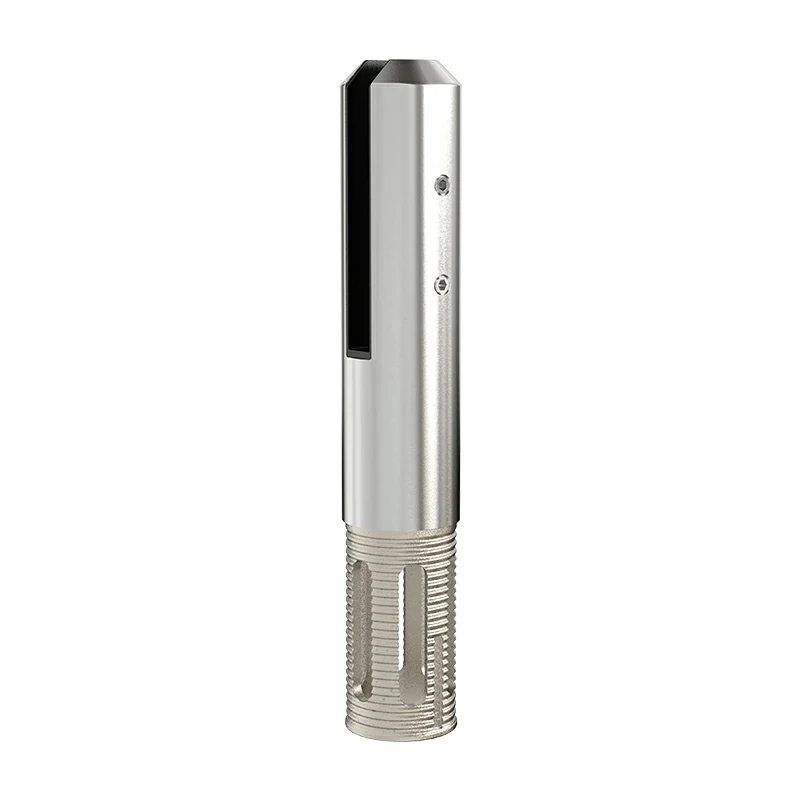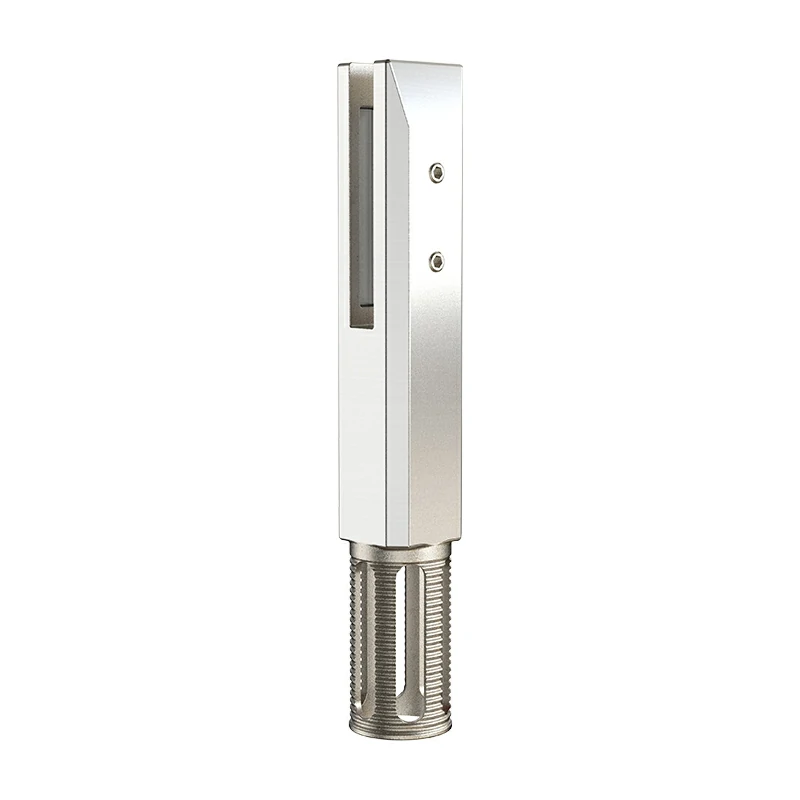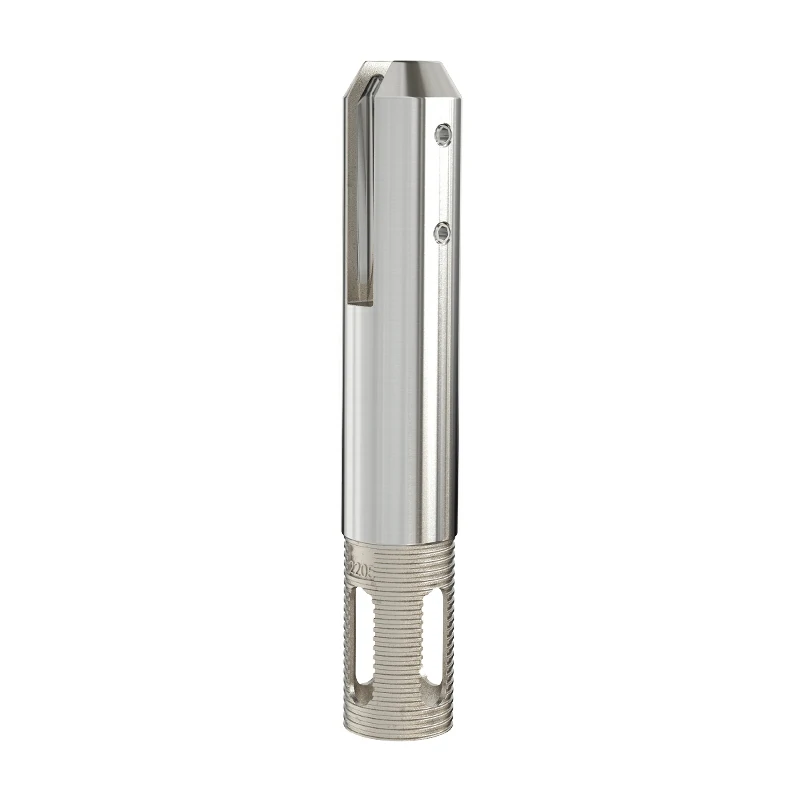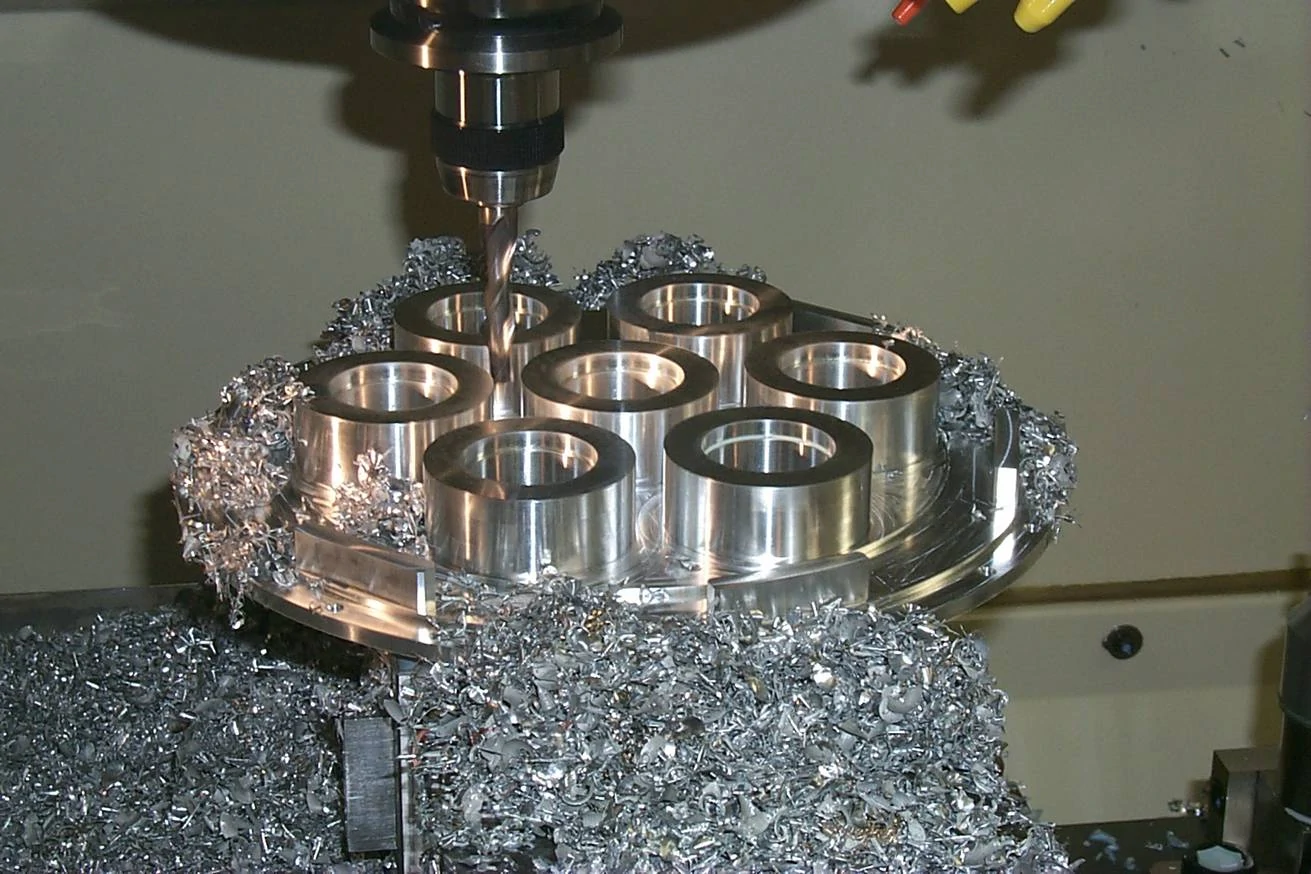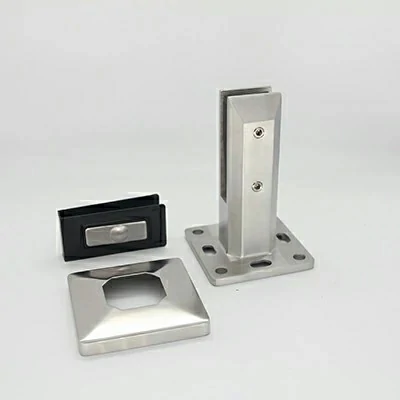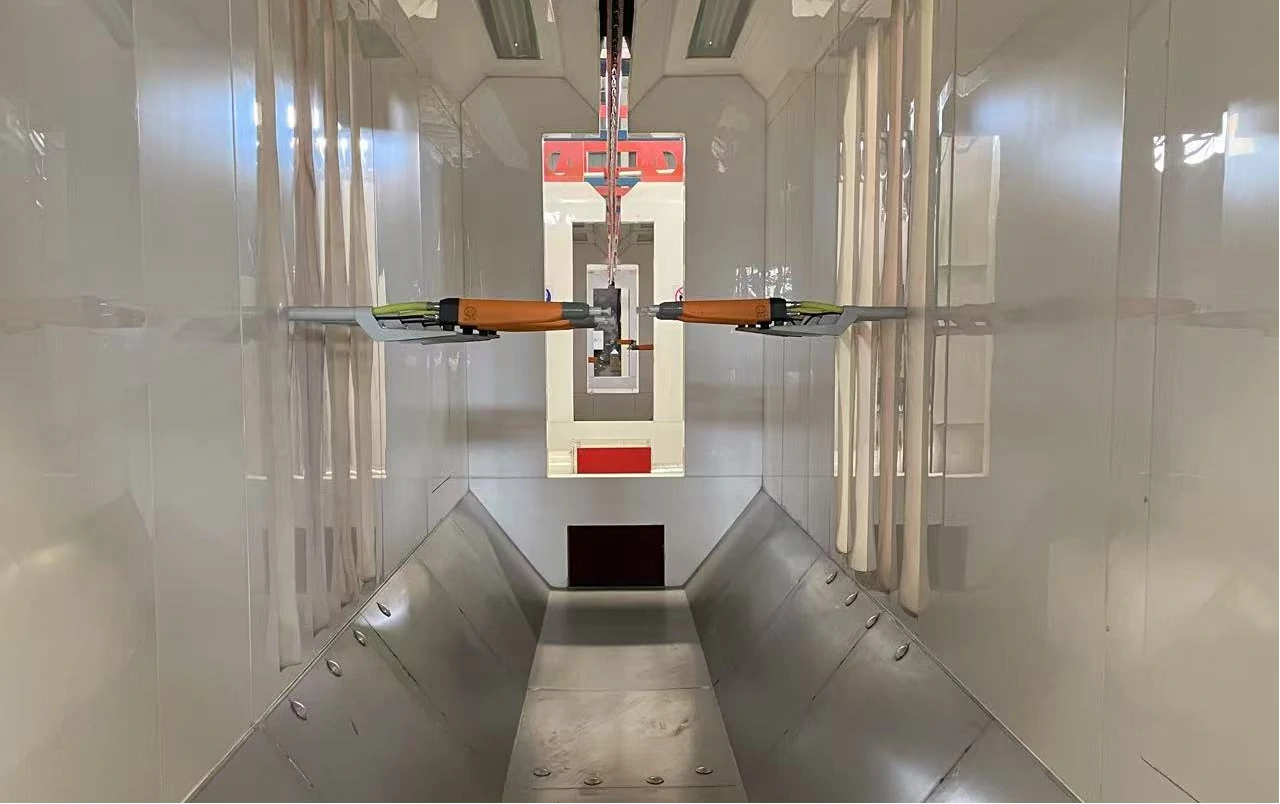In the industrial field pursuing precision manufacturing, silicone sol casting (also known as investment casting) has become the process of choice in the aerospace, medical device, and precision instrument industries due to its high precision and complex molding capabilities. However, even though silicone solution casting can achieve a surface quality close to that of net-shape molding, shell material, oxidized layers, or slight burrs may remain after the casting is removed from the mold. How to achieve a perfect finish without damaging the complex structure? This is not only about aesthetics, but also directly affects the functionality, corrosion resistance and assembly accuracy of the parts.
1. Challenges of polishing silicone sol castings: the double test of precision and complexity
The core advantage of silicone sol casting parts is the production of thin-walled, porous, shaped structures (such as turbine blades, orthopedic implants, micro-sensor housing), but its special process also brings unique polishing challenges:
Surface Characterization:
Castings often have nanoscale silica sol residues on the surface that require targeted chemical cleaning;
High-temperature alloys (e.g., Inconel 718) have high oxide hardness, which can lead to micro-cracks when mechanically polished.
Structural limitations:
Areas such as internal cavity runners and micropores (pore size <1mm) are difficult to reach with conventional tools;
Thin-walled parts (thickness 0.3-1mm) are sensitive to polishing pressure and prone to deformation or super poor dimensions.
2.Silicone sol castings of the four major polishing solutions
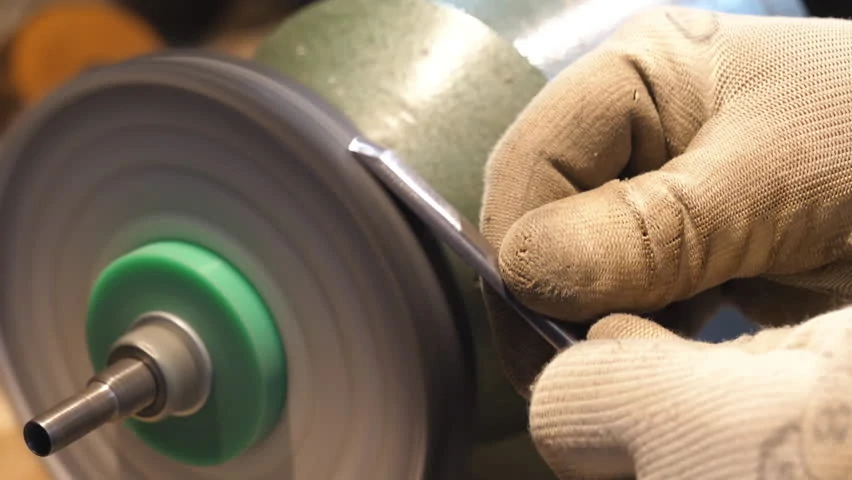
① Mechanical polishing
Through physical contact and abrasive action, flexible adaptation of manual or automated tools to remove burrs, oxidation layer and bump defects on the surface of the casting, to achieve stepwise surface optimization from rough polishing to fine polishing, which is divided into six methods.
Manual Polishing
Applicable scenes: small batch trial production, complex shaped parts (such as antique art castings, non-standard fixtures) of the local finishing.
Advantage: Flexible adjustment of strength and angle, can deal with grooves and engraved lines that are hard to reach by robots.
Limitations: Dependent on the experience of the technician, poor consistency, low efficiency (such as polishing a turbine blade takes 4-6 hours).
Recommended tools:
Rough polishing: 60-240 grit sandpaper or diamond file;
Fine polishing: wool wheel + chrome oxide polishing paste (Ra up to 0.2μm).
Automatic polishing
Applicable scenes: large quantities of standardized parts (such as watch cases, connector shells).
Technical Solution: Robot Flexible Polishing: 6-axis robotic arm equipped with force-controlled grinding head, adapting to changes in the surface (accuracy of ± 10μm) CNC polishing machine tools: for flat/regular surface (such as the valve plate end face), the efficiency increased by 5-8 times.
Comparison of data: after the adoption of automatic polishing for an automotive sensor casting, the working time for a single piece has been reduced from 45 minutes to 8 minutes, and the yield rate has increased from 82% to 97%.
Sand blasting / shot blasting
Process principle: 0.6-0.8MPa air pressure to spray quartz sand, glass beads or ceramic sand, both to remove oxidized skin and rough polishing function.
Suggestions for selection:
Glass beads (80-120 mesh): suitable for stainless steel, titanium alloy castings surface matte treatment (Ra1.6-3.2μm); stainless steel shot (S230-S550): used for aluminum alloy die casting strengthening shot blasting, to enhance the fatigue strength of 30% -50%.
Tumblast polishing
Applicable scenes: small standard parts (such as screws, jewelry clasps) batch processing.
Technical parameters:
Drum speed: 20-40r/min (wet polishing can add ceramic media + abrasive);
Processing time: 2-6 hours (depending on the initial roughness).
Points to note: thin-walled parts need to be lined with rubber to avoid collision deformation, copper alloy is recommended to add anti-oxidant.
Vibration Polishing
Core value: through three-dimensional vibration (frequency 15-50Hz) so that parts and triangular stone, high-frequency porcelain and other abrasives high-frequency collision, suitable for precision micro-pieces (such as MIM medical pliers, electronic connectors).
Process Innovation:
Adding nano-diamond suspension can realize Ra0.05μm grade ultra-precision surface;
Temperature-controlled vibration tank (35-50°C) can accelerate the deburring process and increase efficiency by 40%.
Magnetic Polishing
Technological breakthrough: Utilizing rotating magnetic field to drive magnetic grinding needle (Φ0.2-2mm)for high-speed cutting of complex structures such as bore and thread.
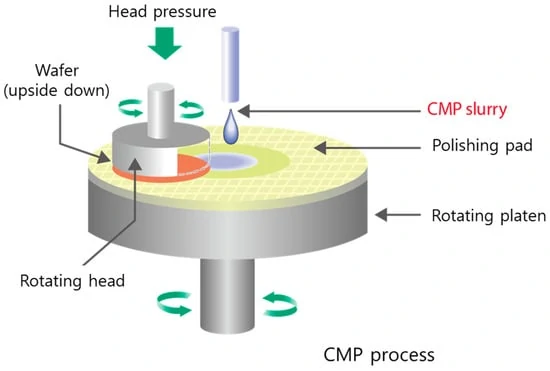
② Chemical polishing: non-contact removal of microscopic defects
Technical principle: the use of nitric acid, hydrofluoric acid and other mixed solutions to selectively dissolve surface bumps, applicable to stainless steel, titanium alloy castings.
Advantage:
Can deal with deep holes and reticulation to maintain geometric integrity;
Eliminate mechanical stress, enhance fatigue life (e.g. Ti6Al4V orthopedic screws after chemical polishing, cyclic load bearing capacity increased by 18%).
Note: Precise control of acid concentration and temperature is required to avoid excessive corrosion resulting in dimensional deviation.

③ Electropolishing: the ultimate weapon for microscopic flatness
Applicable materials: stainless steel, cobalt chrome alloy and other conductive materials.
Technological breakthrough:
Realize sub-micron surface roughness (Ra≤0.05μm) through anodic dissolution, especially suitable for medical instruments requiring mirror surface (e.g. endoscope parts)
Surface impurities can be removed simultaneously, making the passivation film more dense, and the pitting resistance potential of 316L stainless steel castings can be increased by more than 300mV.
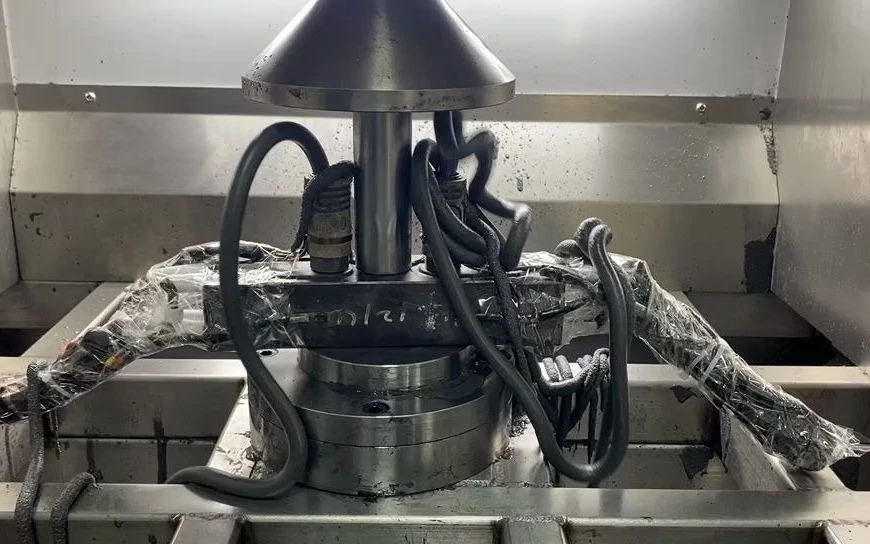
④ Fluid polishing (abrasive flow processing): conquering complex internal cavities
Working Principle: Semi-fluid medium containing diamond or aluminum oxide abrasive grains is pumped into the inside of the casting at high pressure to evenly polish cross holes, threads and micro runners.
Innovative application:
In fuel nozzle casting, the roughness of the inner wall of a 0.2 mm diameter hole was reduced from Ra1.6 μm to Ra0.2 μm, and fuel atomization efficiency was increased by 12%;
The use of non-Newtonian fluid abrasives, thin-walled parts (such as UAV magnesium alloy bracket) to achieve “flexible polishing”, the thickness tolerance control in ± 5μm.

⑤Magnetic Polishing: Batch Processing of Tiny Parts
Technology highlights: the use of high-frequency magnetic field driven magnetic grinding needle high-speed rotation, suitable for batch processing of micro-silica sol castings (such as watch gears, MIM connectors).
Efficiency comparison: traditional vibration polishing takes 8 hours to complete the parts, magnetic polishing takes only 30 minutes, and no parts collide with each other damage.
3. Key synergies in the polishing process chain: from pre-treatment to post-protection
Pre-treatment can not be ignored:
Ultrasonic cleaning: removes residual SiO₂ particles from the profile shell (recommended alkaline cleaner pH=9-10);
Plasma activation: Enhance the surface activity of nickel-based alloys, so that the subsequent electrolytic polishing efficiency by 40%.
Post-treatment enhanced performance:
Passivation treatment: Nitric acid passivation of stainless steel castings, salt spray resistance extended to more than 1000 hours;
PVD coating: polished titanium alloy artificial joints coated with diamond-like (DLC) coating, coefficient of friction reduced to 0.05.
4.Industry Use Cases: How Polishing Empowers High-Value Scenarios
Architecture and Decoration: Weatherproofing and Aesthetic Upgrades with Glass Spigots
Glass Spigots, as the core load-bearing and fixing components of glass fences, stair railings and curtain wall systems, are usually cast from stainless steel or aluminum alloys. The quality of their surface is directly related to two core requirements:
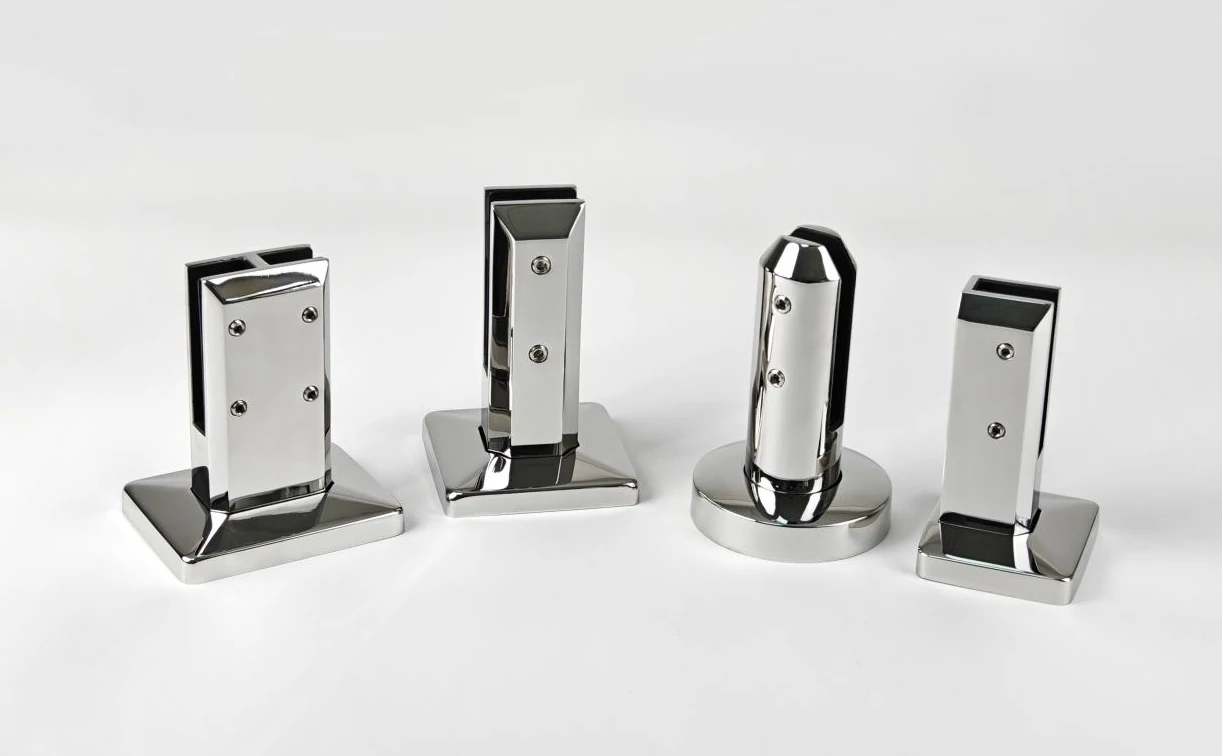
Structural safety: In the outdoor environment, the unpolished metal surface is prone to residual micro-cracks or burrs, which becomes a stress concentration point, and may lead to fracture risk in the long term under the influence of wind load and temperature deformation;
Visual aesthetics: in scenes such as high-end commercial complexes and hotels, the mirror texture of glass fixtures is an important part of the architectural design language, and rough surfaces can destroy the modernity brought about by glass permeability.
Industry Pain Point:
Glass Spigots without Polished Finish
Localized rust spots appear on the surface under the coastal high salt spray environment, triggering customer complaints.
Scratches on the contact surface of glass and fixture due to burr friction, requiring frequent replacement of glass panels and increasing maintenance costs by 40%;
The matte surface is easy to retain fingerprints and stains, making cleaning difficult and affecting the overall visual effect of the building.
How do I choose a polishing process?
Step 1: Evaluate part complexity
Contains deep holes/internal cavities → Prioritize magnetic polishing or electrolytic polishing;
Simple external surfaces → mechanical polishing or sandblasting.
Step 2: determine the production scale
Large quantities → automatic polishing / roller polishing;
Small quantities of many varieties → manual / vibration polishing.
Step 3: verify the surface performance requirements
Mirror surface requirements (Ra ≤ 0.1μm) → electrolytic polishing + chemical polishing composite process;
Functional surface (corrosion/wear resistance) → shot peening + passivation.
Polishing - the “last mile” of the value chain of silicone sol casting
In the field of high-end manufacturing, the value of silicone sol castings depends not only on molding accuracy, but also on the pursuit of the ultimate in surface engineering. Whether it is to ensure the smoothness and flawlessness of a heart stent or to realize the aerodynamic perfection of a rocket engine runner, precision polishing is the ultimate guarantee to transform a design blueprint into a reliable product.

